The 2019 Rugby World Cup is upon us! The action kicked off over the weekend, with plenty of drama. As a lifelong rugby fan, and in the last couple of years a rugby player as well, I never hesitate to find a way to sneak the subject into work. My colleagues at the V&A Museum of Childhood can vouch for that.
With over 2.2 million objects in the collection, I hoped that the V&A would have some hidden gems to show off. I wasn’t wrong. I’ve rounded up my top ten rugby-themed objects that the V&A has to offer…
Number 10 (Fly-half)
This cover for a rugby crime novel was published in 1934. Author Sydney Horler had an obvious interest in sporting fiction – his books include The Legend of the League, The Ball of Fortune, The Man Who Saved the Club, Goal! A Romance of English Cup-Ties, On the Ball, and Song of the Scrum (to name but a few). Not a lot is known about the plot of this book, but based on the colourful, printed front-cover I can imagine there’s a little bit of rugby, a fair amount of death and a whole lot of mystery.
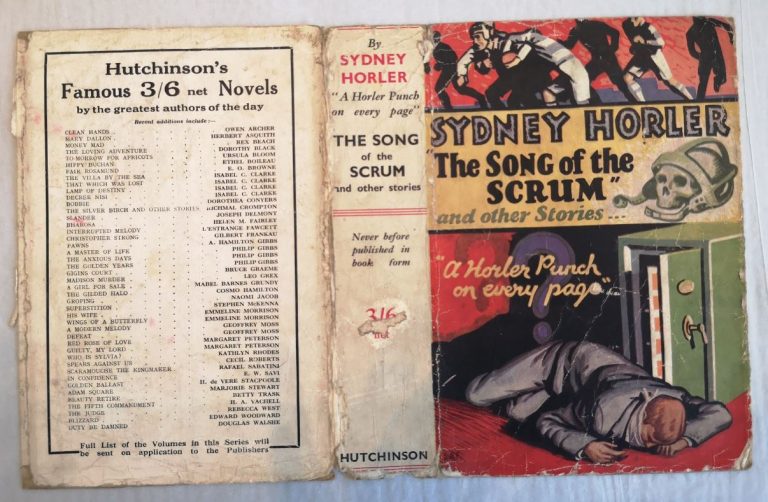
Number 9 (Scrum-half)
This delightful drawing comes from our Theatre and Performance collection and shows a costume design for a theatre production. Jeeves, by Andrew Lloyd Webber and Alan Ayckbourn, first opened in 1975 and is based on the novels of P.G. Wodehouse. The character, Harold ‘Stinker’ Pinker, is a rugby playing vicar. An unusual combination you might think? Having played on a women’s team with a vicar, it seems pretty normal to me.
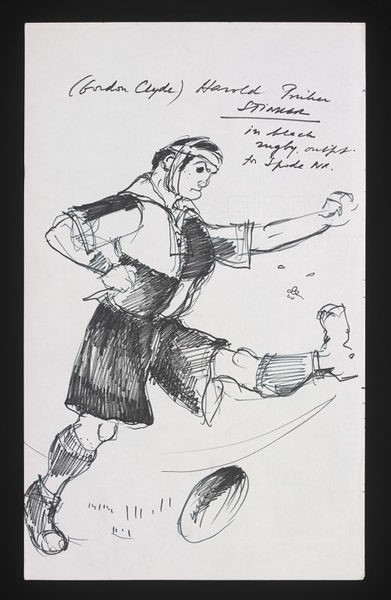
Number 8 (Number 8)
This series is by Eadweard Muybridge, a photographer known for his pioneering work in the photography of motion. By taking photographs in rapid succession Muybridge could capture slight movements that the human eye could not. When the series of images are placed together it looks like a moving image or film. Muybridge is much better known for his photographs of horses, but I like to think that rugby helped him on his way to greatness.
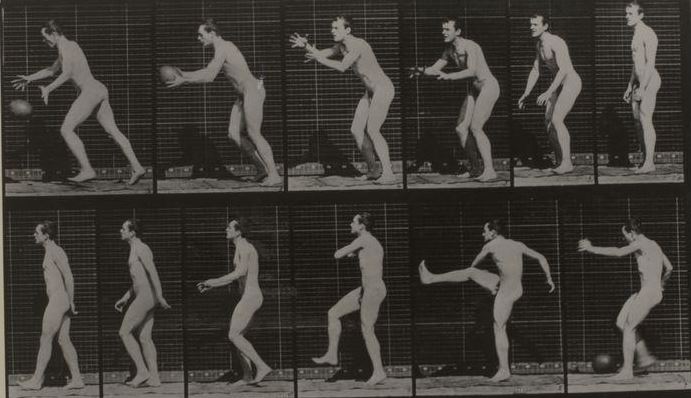
Number 7 (Open-side flanker)
The following print by John Platt is among his lesser-known works. It caught my eye because the players in the scrum have an almost identical strip to my team, Westcliff Ladies. Made in 1921, it shows an energetic tackle during a match, presumably as the ball has just left the scrum in the background. Platt was ‘a master of the colour woodblock’, a style typically associated with Japanese print-making. This is very fitting given that Japan is the host-nation of the World Cup, and something that also helped to bump this print a little higher up my list.
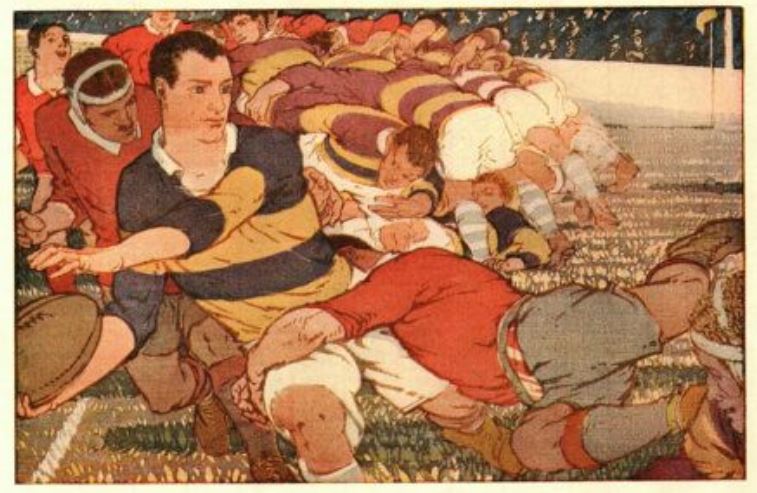
Number 6 (Blind-side flanker)
I wanted to end the first part of this post on a high and introduce one of the most interesting objects I came across. This illustrated music sheet cover for ‘The National Football Song’ was published in 1880. Although the piece of music was dedicated to both Association Football and Rugby Football, the two sports had only recently officially separated. Previously there had been much confusion between those who played the game as a contact sport, and those who didn’t. A meeting in 1863 clarified the rules, and the two different codes went their separate ways. The Rugby Football Association was then officially founded in the 1870s, and has never looked back.
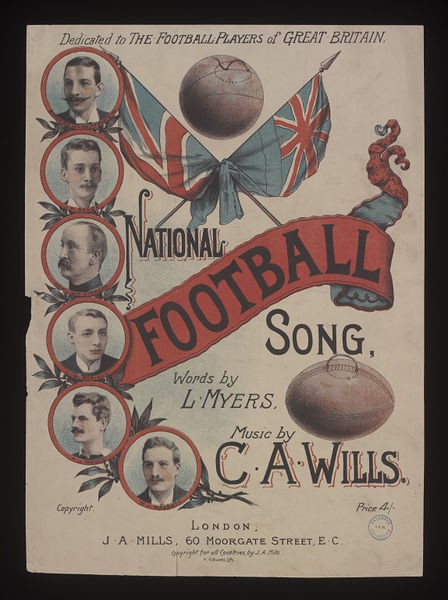
The sheet music cover features the stars of the day, including Arthur Gould (second from the bottom). Gould was a successful player and earned 27 caps for Wales, including 18 as captain, over the course of his career. Upon his death he was named as ‘the most accomplished player of his generation’ and a ‘pioneer’ of the sport. Gould was responsible for significant changes in how the game was played – moving it from a game that focused on the brute strength of the forwards, to a something that was fast-paced with quick passes, bursts of speed and skilful footwork. As a winger, I owe a lot to Arthur Gould.
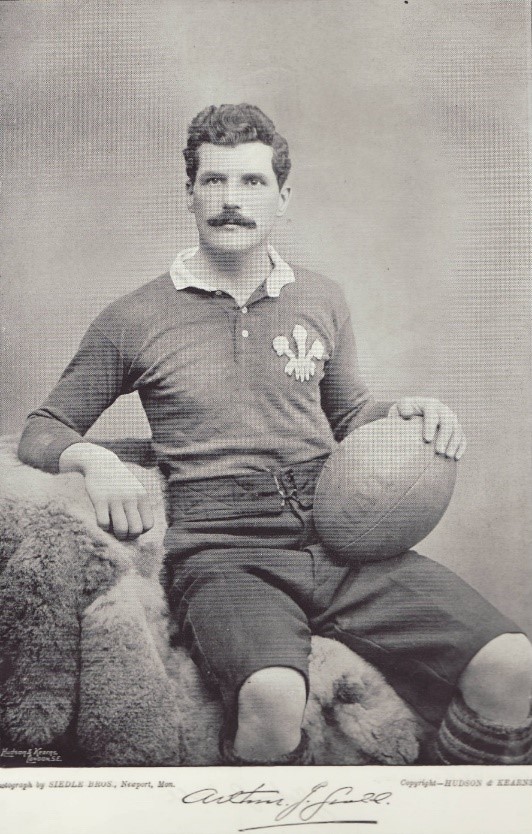
And that is the end of the first half! There are still five more exciting objects on their way, so tune in nearer the World Cup final (2 Nov 2019) for the second half.



Hi Sophie, I really enjoyed your rugby themed artifacts and look forward to seeing part 2. I think you were extremely brave to introduce the subject of rugby songs, as there’s a long and colourful history to be plumbed there!! Best Wishes, Colin Jackson (The Irish Bloke!!)